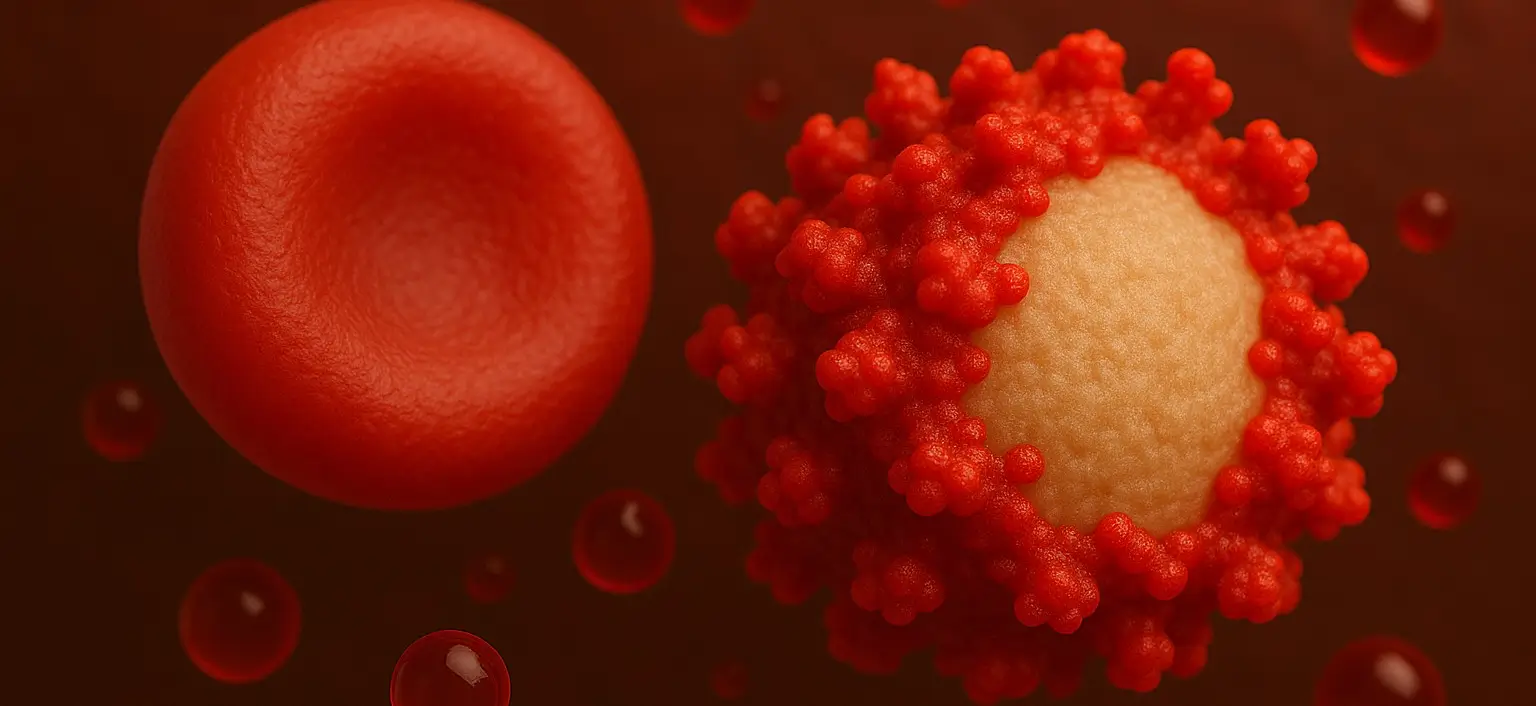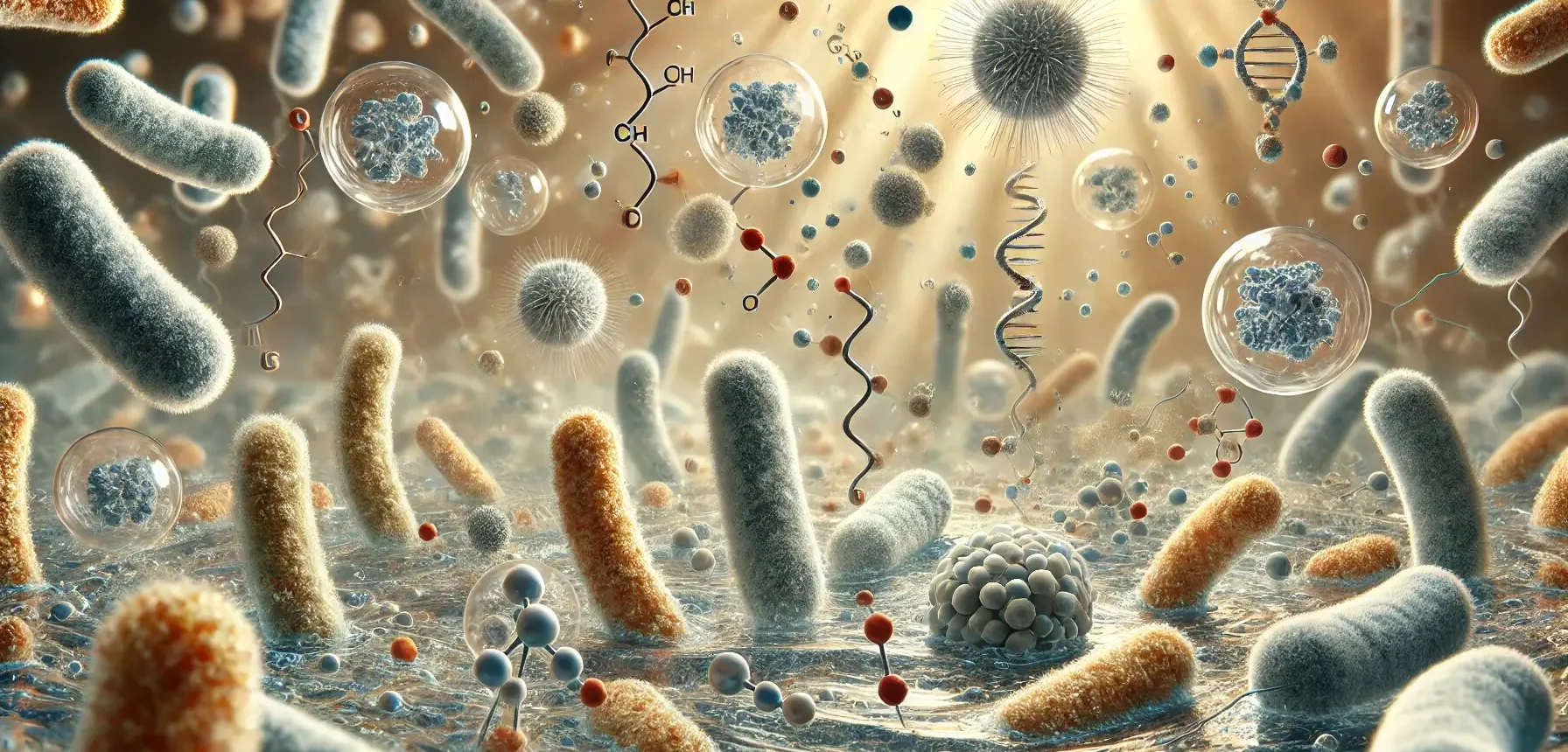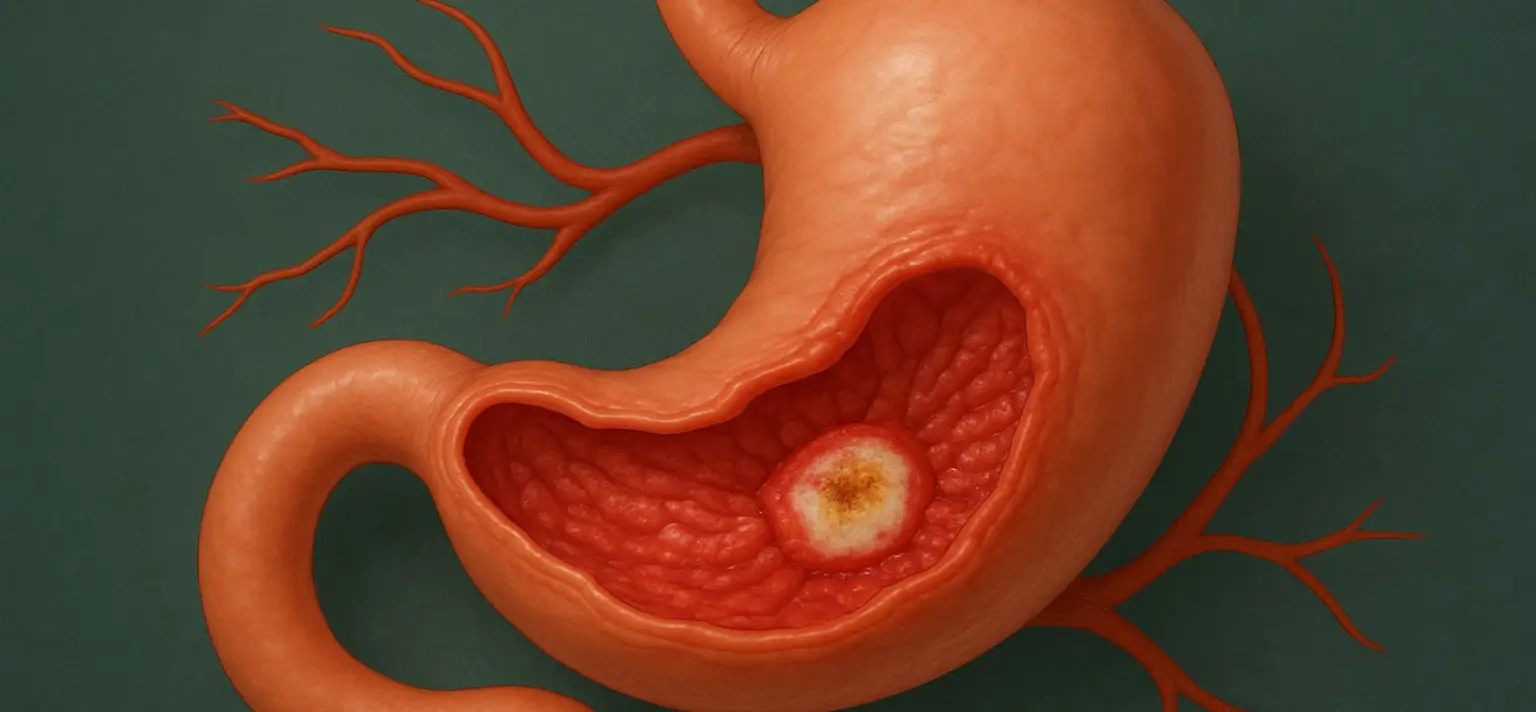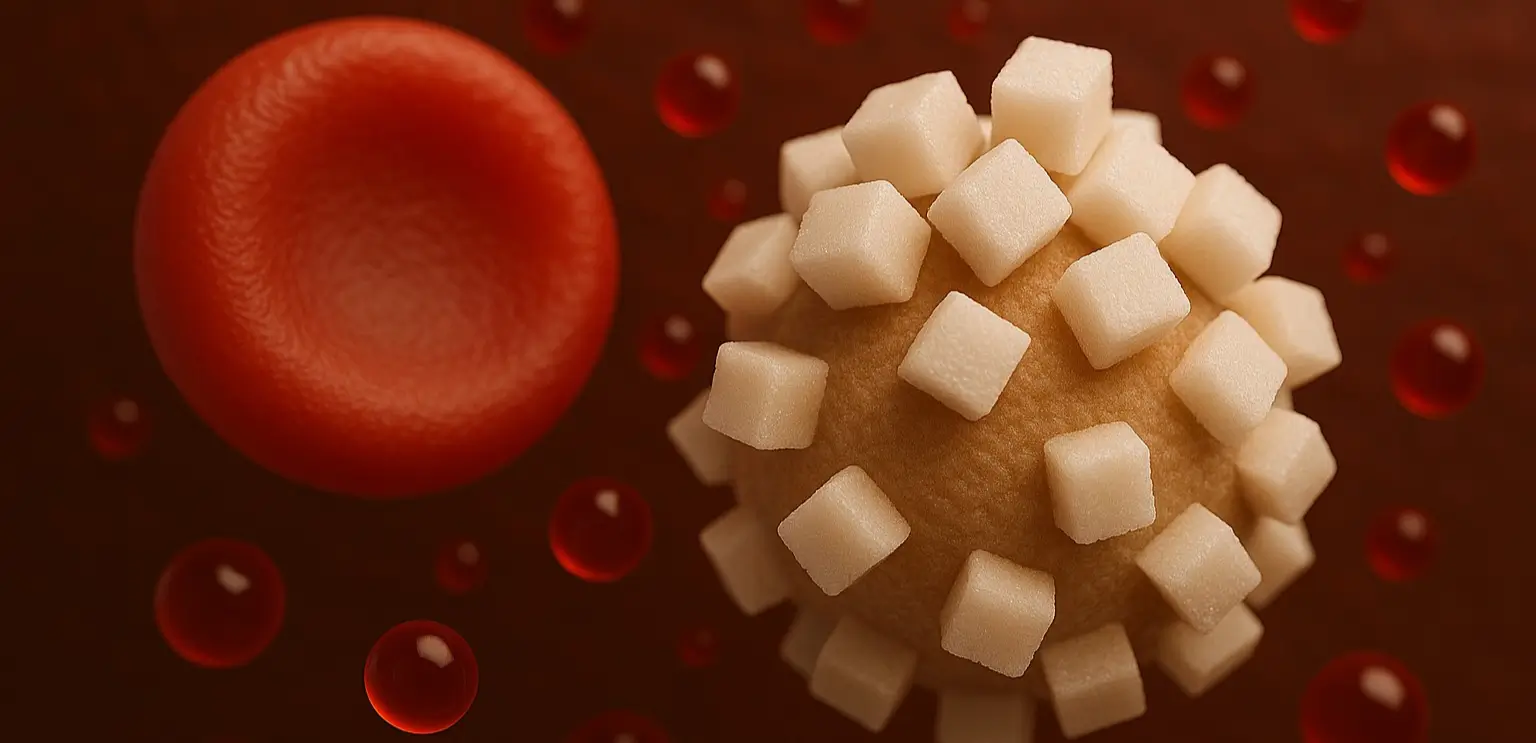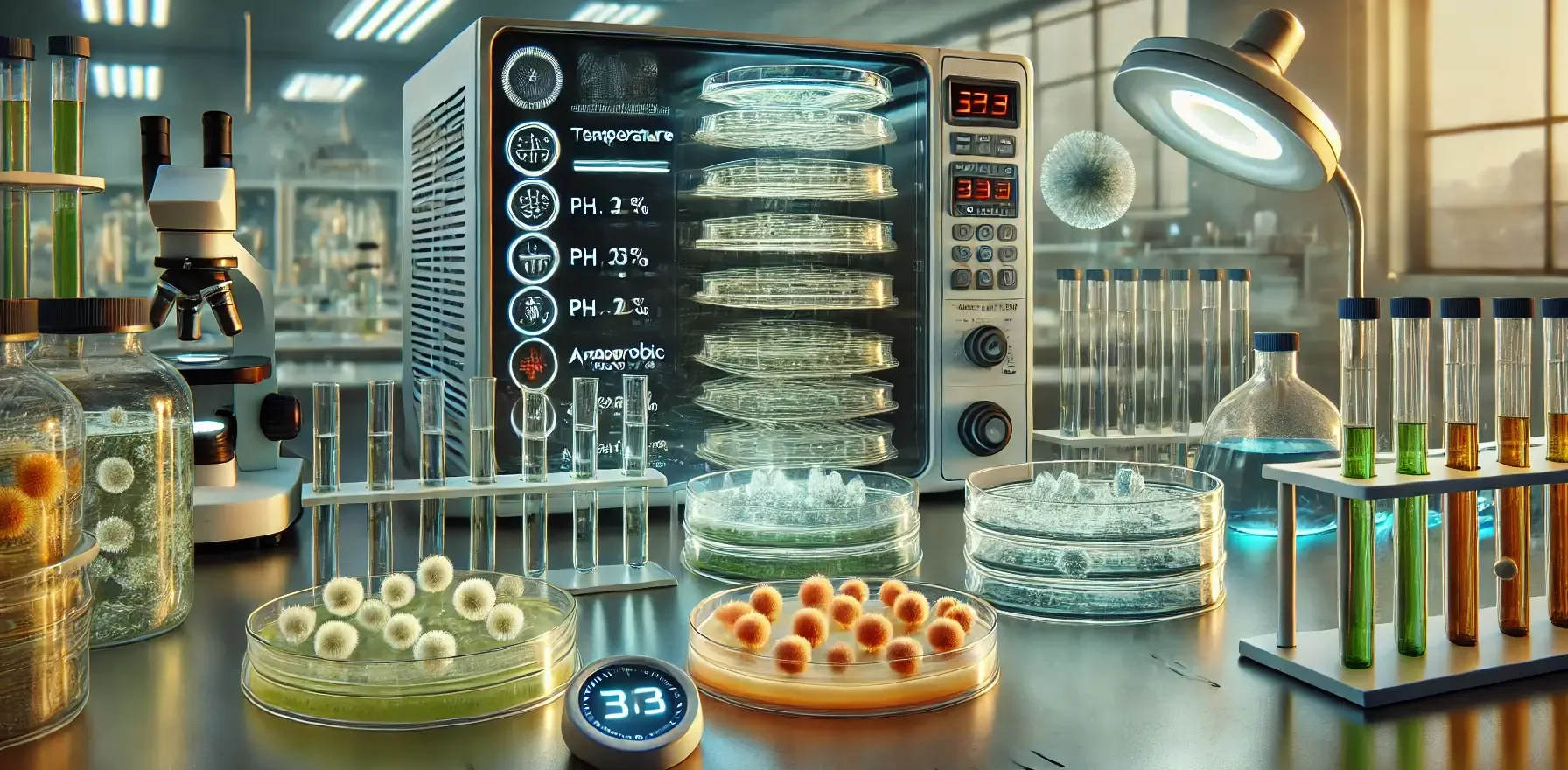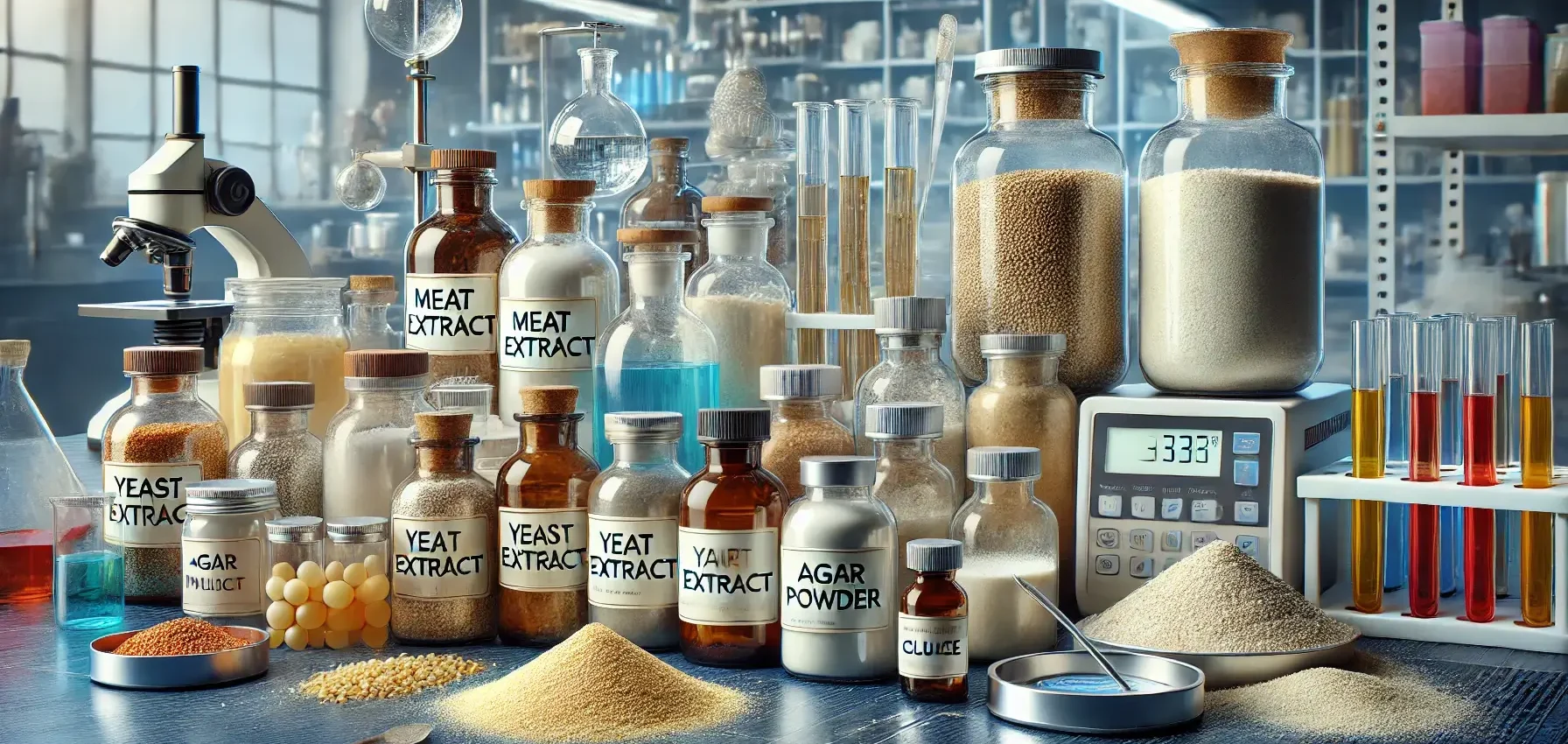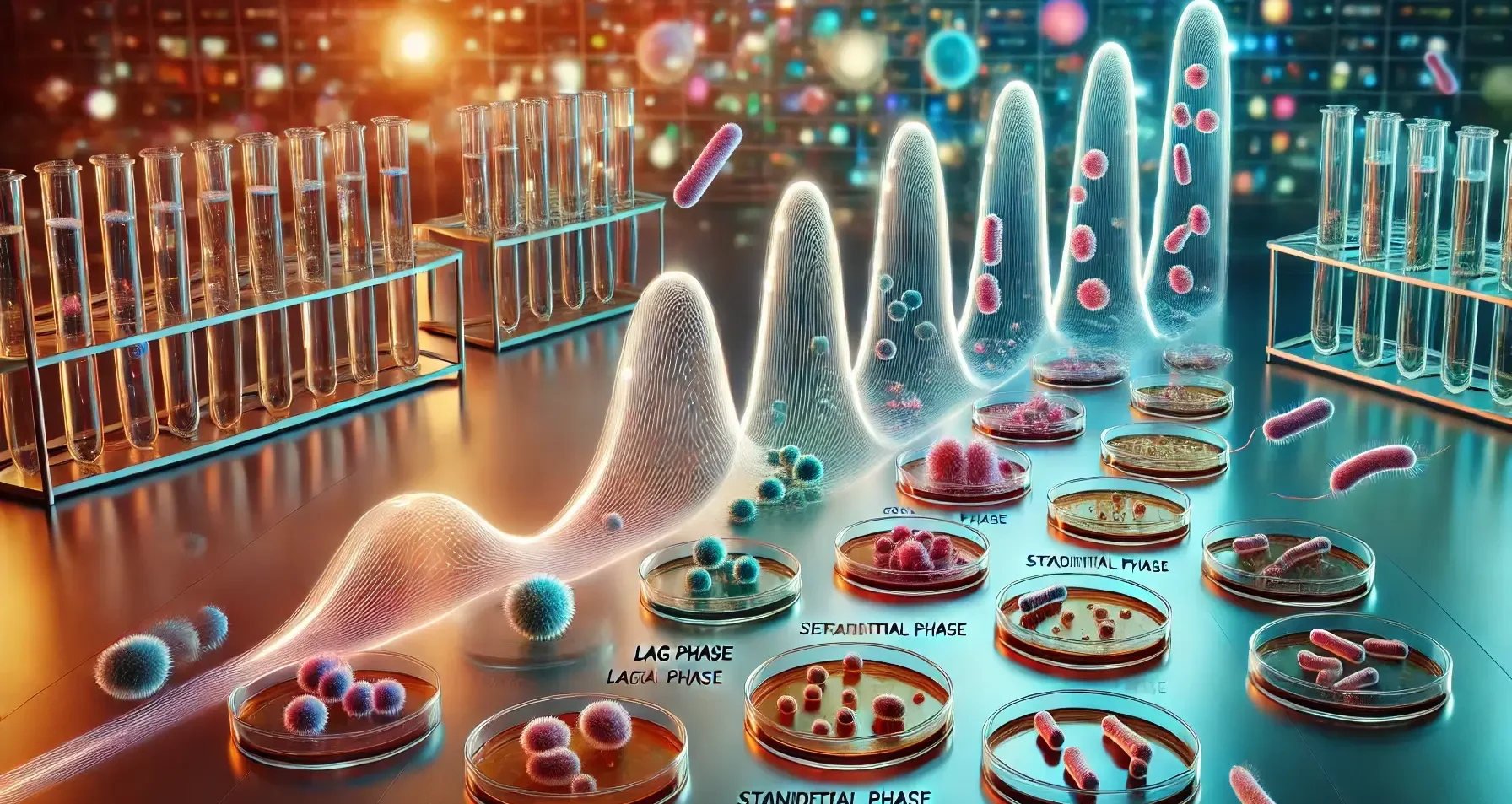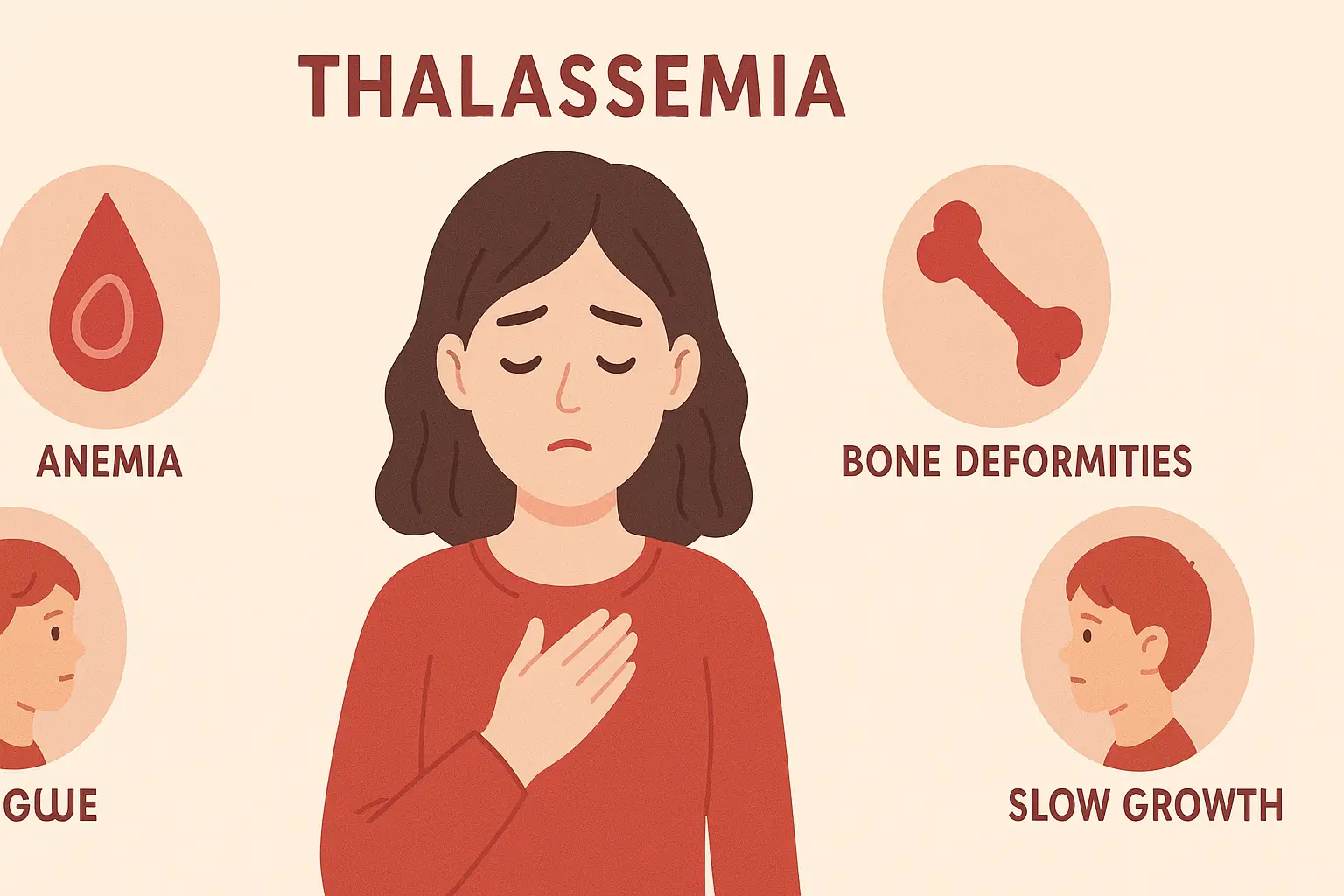Type 1 Diabetes
Type 1 Diabetes Introduction Type 1 Diabetes is a chronic metabolic disorder characterized by high levels of glucose (sugar) in the blood. It occurs due to defects in insulin production, insulin action, or both. Insulin is a hormone produced by the pancreas that helps glucose enter cells to be used for energy. Previously known as … Read more

